How to choose a square aluminum profile?
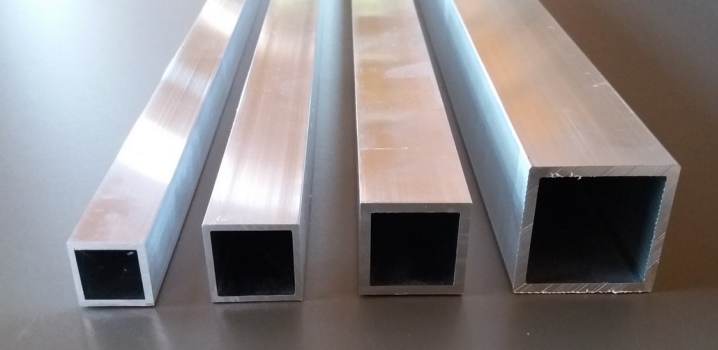
In the process of building a house, refurbishing gas equipment, or even for furniture production, you may need square aluminum profiles. However, in order to be able to work with these materials, it is necessary to know the differences between them in order to select them for each specific situation. This is what will be discussed in this article.
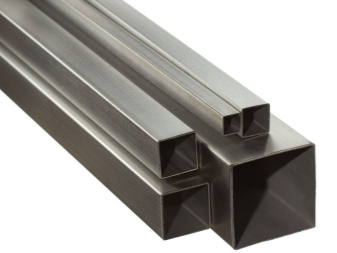

Specifications
The main parameters that are applicable to all types of square aluminum profiles are pipe size, wall thickness, outer perimeter and weight. The GOST standards include sizes from 10x10 mm to 60x60 mm with a step of 5 mm. The wall thickness can vary from 1 mm to 3 mm, with many variations that differ from each other by 0.1 mm.
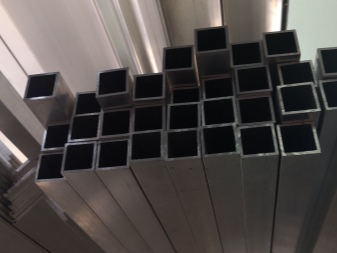
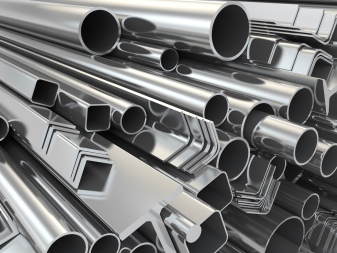
With weight, everything is much easier: it is calculated individually, directly depends on the size of the pipe and wall thickness, as well as on the outer perimeter. So, for example, a square profile with a size of 20x20 mm, a wall thickness of 1 mm and an outer perimeter of 79.1 mm, the weight of one running meter of material will be 0.2 kg.
There are other options for pipes, in the construction market you can find sizes less than 10x10 mm and more than 60x60 mm (the most common of the large-sized options is 100x100x5), but most likely they can only be ordered. Such aluminum profiles are in little demand due to the rare specificity of their application, so they can not be found in every store.
Due to its form factor, this type of pipe is able to withstand significant loads comparable to loads on an all-metal bar of similar dimensions. This makes it possible to use thick-walled profiles to create very strong support structures, while still being incredibly lightweight.
Other characteristics include increased corrosion resistance of aluminum pipes, excellent ductility and affordable cost.
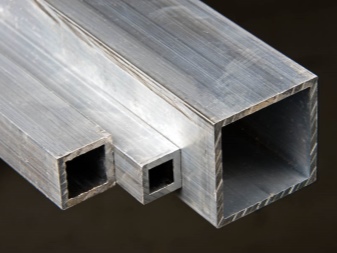
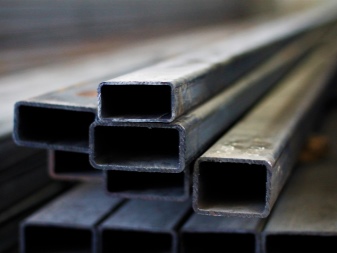
Assortment
Square aluminum profiles are distributed under GOST 18475-82, which also applies to rectangular and round variations. Based on the information specified in this GOST, pipes can be classified according to the type of manufacture as follows.
- Cold-worked... They, in turn, are subdivided into ordinary work-hardened, work-worked, hardened with natural aging, and also hardened with artificial aging.
- Annealed.
- Anodized.
- Hardened. There are varieties that have been tempered with artificial and natural aging. It is worth noting that there is a big difference between this type and cold-worked versions.
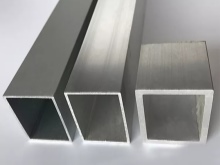

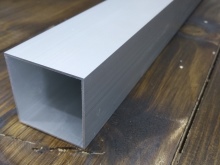
The difference between the listed types lies in the different types of aluminum used during production:
- for the manufacture of 1 and 2 types of shaped pipes, aluminum of the AB and D1 types is used;
- the creation of hardened profiles requires strong AMg1 alloys and some others.
In addition to separation by the type of source material, GOST establishes requirements for pipes according to the criterion of their evenness. The curvature on either side of the pipe can be:
- 0.05 cm for profiles, the size of which does not exceed the bar of 50 mm;
- 0.075 cm for profiles with dimensions over 50 mm.
It should be noted that according to GOST 18475-82, all aluminum profile pipes with sizes up to 35 mm (often, this is a standard range of sizes 10x10, 15x15, 18x18, 20x20, 25x25x3, 30x30 and 35x35x2 mm), do not undergo burr processing at the factory before being sold ...
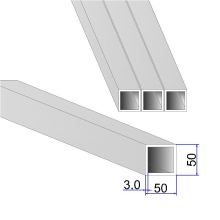


Such pipes should be cleaned independently in order to avoid all sorts of problems when working with materials. All other sizes (40x40x2, 50x50x2 and larger) suggest similar processing.
Varieties
In addition to GOST classifications of types of aluminum profiles, there are several more categories of pipes. They are sorted:
- by form;
- by the type of manufacture.
By shape, aluminum profiles are divided into square (otherwise called "squares"), tubular and hexagonal. Hexagonal pipes are used much less often than others because of their specificity (most often in furniture production). Tubular, in turn, are divided into the following types.
- Round both outside and inside, but there is a "spacer" of a square shape. The spacer serves to strengthen the structure and increase the maximum permissible pipe load.
- Round on the outside but square on the inside. In such profiles, the square "core" is either welded to a round outer contour, or welded to special guides inside the body.
- Square on the outside, round on the inside... Almost all pipes of a similar sample are welded to the inner loop directly with the outer one. With very few exceptions, you can find guides in this profile configuration.
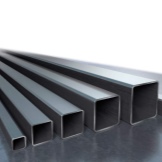
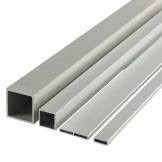

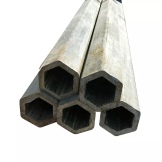
The type of production of aluminum pipes is a very important factor when choosing them, because the price of the goods greatly depends on its complexity.
- Electric welding. The most unreliable and labor-intensive method to manufacture. It consists in creating a continuous weld seam on a special machine. Such a product turns out to be less durable than those made using other technologies.
- Extrusion... This method allows the production of durable products quickly and efficiently. A highly heated aluminum rod is pushed through a special shape in the machine, due to which the pipe structure turns out to be monolithic, without any welding seam.
- Cold deformation. The metal rod is passed through a special machine consisting of a set of rollers that create a specific shape.
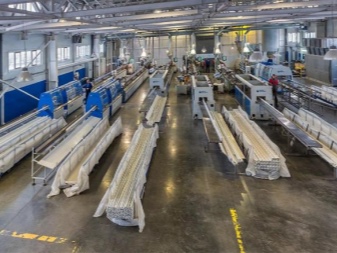
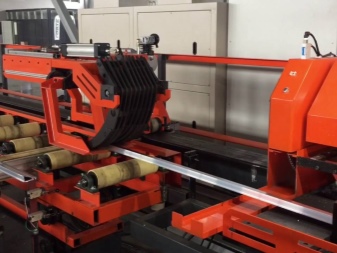
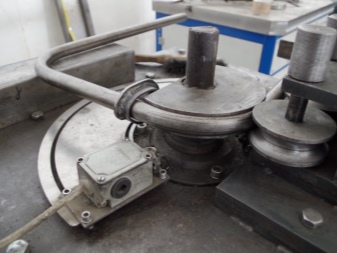
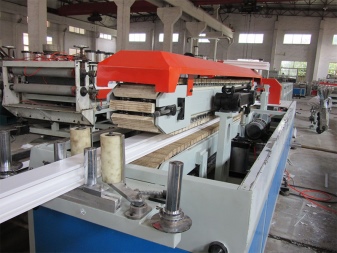
Extruded profiles are considered the best on the construction market, because they are not only durable solid metal structures.
It is the high temperature annealing that makes the pipes much stronger. In second place are products obtained by cold deformation. Such products are not calcined, therefore, they are considered less durable, although at first glance they are no different from extruded ones.
Applications
Square aluminum profiles are used in a huge number of different construction and technical fields. They apply in the following cases.
- Furniture industry. Profiles are used to create ordinary furniture used by the average consumer, as well as special ones (such as shop windows, billboards and other items). This is especially useful in stores, as the pipes can carry a lot of weight and are very lightweight and portable. Usually in furniture production, profiles from 10x10 mm to 25x25 mm are used, but sometimes there are also larger options.
- Irrigation systems... In this area, pipes are used to create efficient personal irrigation systems. With such an application, profiles are required with a size of at least 40x40 mm, but also no more than 150x150 mm.
- Sewerage... Aluminum profiles can be used as water supply channels. Such material will help to make the most durable structure for supplying water to the toilet or other equipment. In this option, it is necessary to carefully study the pipe joints using connectors and construction sealant.
- Various types of construction... Aluminum profiles are used in both mass and individual construction. They are used in the construction of houses, greenhouses, fences, large glass complexes, or in simple minor repairs.This pipe application is so wide that it is simply impossible to list all the variations.
- Ship and mechanical engineering... In modern car and ship manufacturing plants, aluminum or steel profiles are used almost everywhere. The choice of this particular material is explained by its high strength and a form factor convenient for creating technology. For example, square profiles are used to create ship supports and side struts, and in automobiles, to create strong fasteners for their components.
- Electrical work. Aluminum pipes in the electrical industry are used for various purposes. For example, to create durable power plants (milling, turning and others). In addition, profiles with a small cross-sectional diameter are often used for wiring in homes and large enterprises. With this application, it is best to lay pipes up to 30x30 mm inside grooved walls for private houses and from 50x50 mm to 150x150 mm in large enterprises with high-voltage equipment.
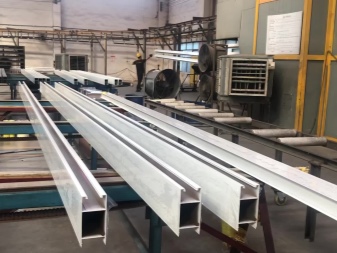

For each individual type of activity, different types of profiles are used, so it is especially important to remember their purpose and classification.
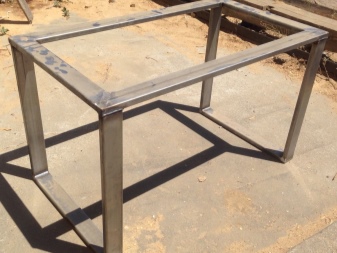
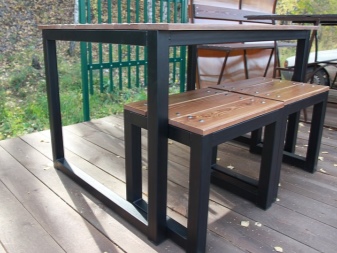













The comment was sent successfully.